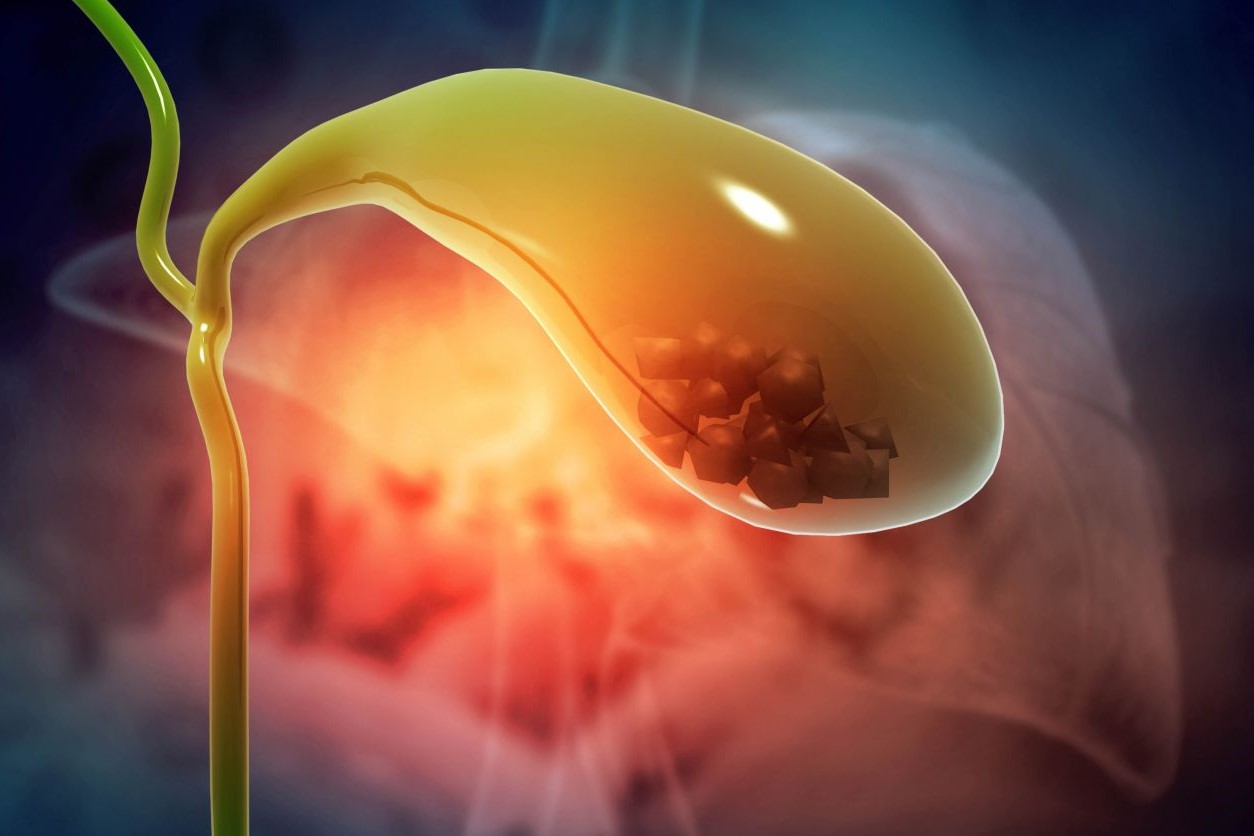
Gallbladder stones, also known as gallstones, are small, hard deposits that form in the gallbladder. But what causes these pesky stones? Gallstones develop when substances in bile, such as cholesterol or bilirubin, harden. They can be as tiny as a grain of sand or as large as a golf ball. Many people have gallstones without even knowing it because they often don't cause symptoms. However, when they do, the pain can be intense and sudden. Who is at risk? Factors like obesity, age, diet, and genetics play a significant role. Understanding these factors can help in preventing and managing gallstones effectively.
What Are Gallbladder Stones?
Gallbladder stones, or gallstones, are hardened deposits that form in the gallbladder. These stones can vary in size and number, causing various health issues.
-
Gallstones are common: About 10-15% of adults in the U.S. have gallstones. Many don't even know they have them.
-
Two types of gallstones: Cholesterol stones, the most common type, and pigment stones, which are smaller and darker.
-
Silent stones: Most gallstones don't cause symptoms. These "silent stones" often go unnoticed.
Causes of Gallbladder Stones
Understanding what causes gallstones can help in prevention and management. Here are some key factors.
-
Excess cholesterol: When the liver excretes too much cholesterol, it can crystallize and form stones.
-
Bile concentration: If the gallbladder doesn't empty properly, bile becomes concentrated, leading to stone formation.
-
Genetics play a role: Family history can increase the likelihood of developing gallstones.
Symptoms of Gallbladder Stones
While many gallstones are asymptomatic, some can cause noticeable symptoms. Knowing these can prompt timely medical attention.
-
Pain in the abdomen: A sudden, intense pain in the upper right abdomen is a common symptom.
-
Nausea and vomiting: These symptoms often accompany gallstone attacks.
-
Jaundice: Yellowing of the skin and eyes can occur if a stone blocks the bile duct.
Diagnosing Gallbladder Stones
Medical professionals use various methods to diagnose gallstones. Early detection can prevent complications.
-
Ultrasound imaging: This is the most common and effective way to detect gallstones.
-
Blood tests: These can reveal signs of infection, jaundice, or other complications related to gallstones.
Treatment Options for Gallbladder Stones
Treatment depends on the severity of symptoms and the size of the stones. Here are some common approaches.
Final Thoughts on Gallbladder Stones
Gallbladder stones, or gallstones, can cause significant discomfort and health issues. They form when substances in bile, like cholesterol or bilirubin, harden. Symptoms often include abdominal pain, nausea, and vomiting. While some people might not experience symptoms, others may need medical intervention, such as medication or surgery.
Preventing gallstones involves maintaining a healthy diet, staying hydrated, and exercising regularly. Foods high in fiber and low in fat can help reduce the risk. If you suspect you have gallstones, consult a healthcare professional for proper diagnosis and treatment options.
Understanding the causes, symptoms, and prevention methods can help manage and reduce the risk of gallstones. Stay informed and proactive about your health to avoid complications. Remember, early detection and lifestyle changes play a crucial role in managing this condition.
Was this page helpful?
Our commitment to delivering trustworthy and engaging content is at the heart of what we do. Each fact on our site is contributed by real users like you, bringing a wealth of diverse insights and information. To ensure the highest standards of accuracy and reliability, our dedicated editors meticulously review each submission. This process guarantees that the facts we share are not only fascinating but also credible. Trust in our commitment to quality and authenticity as you explore and learn with us.


